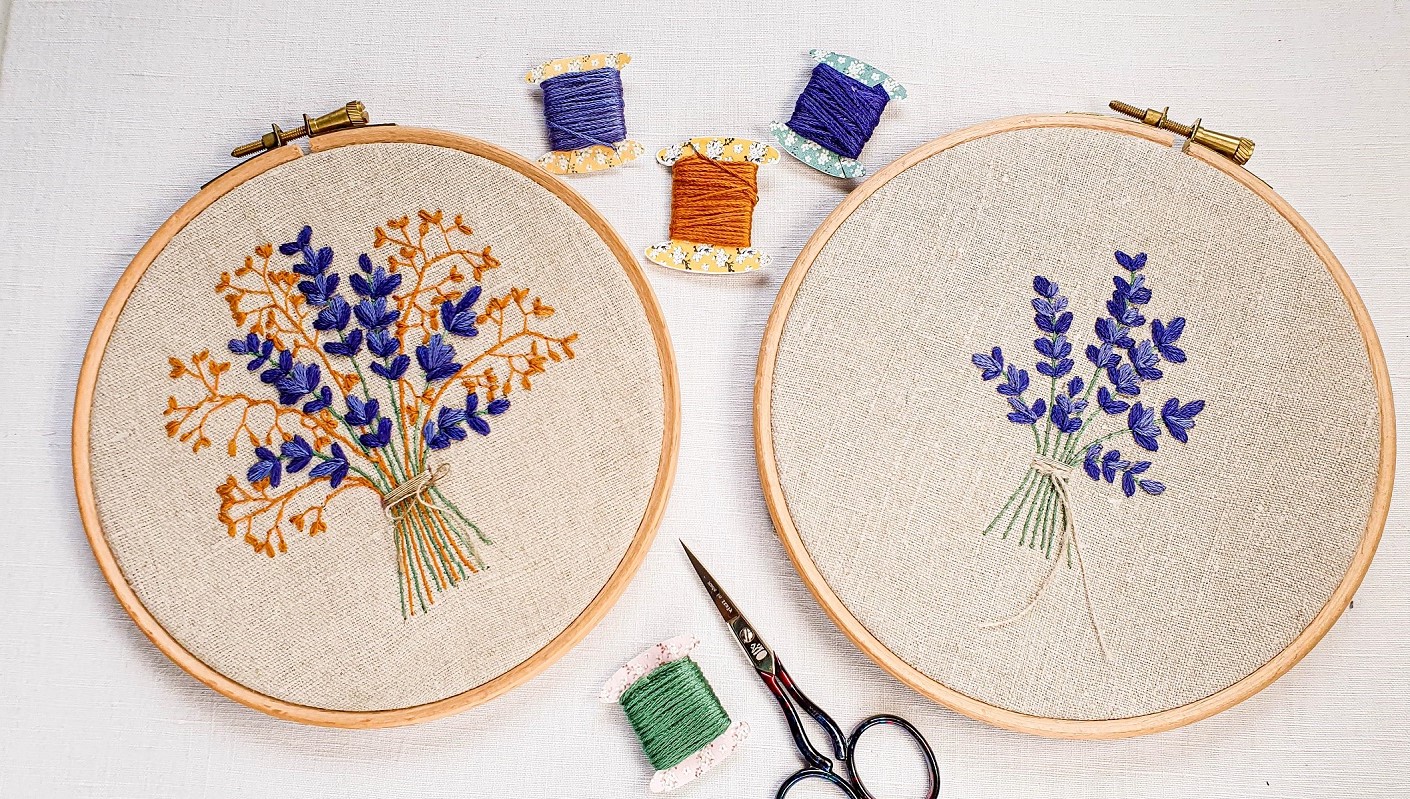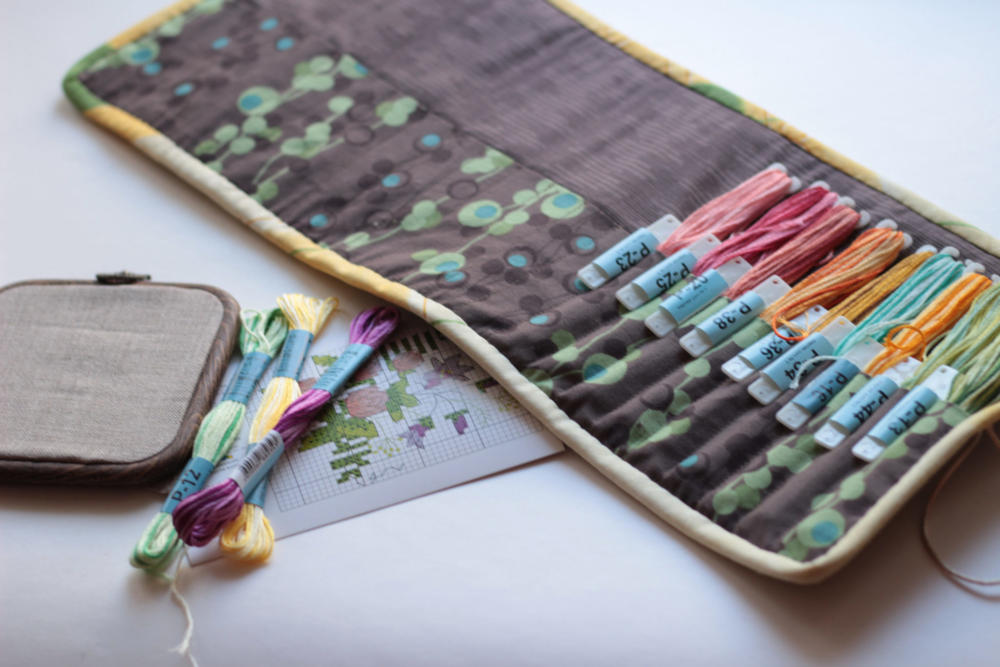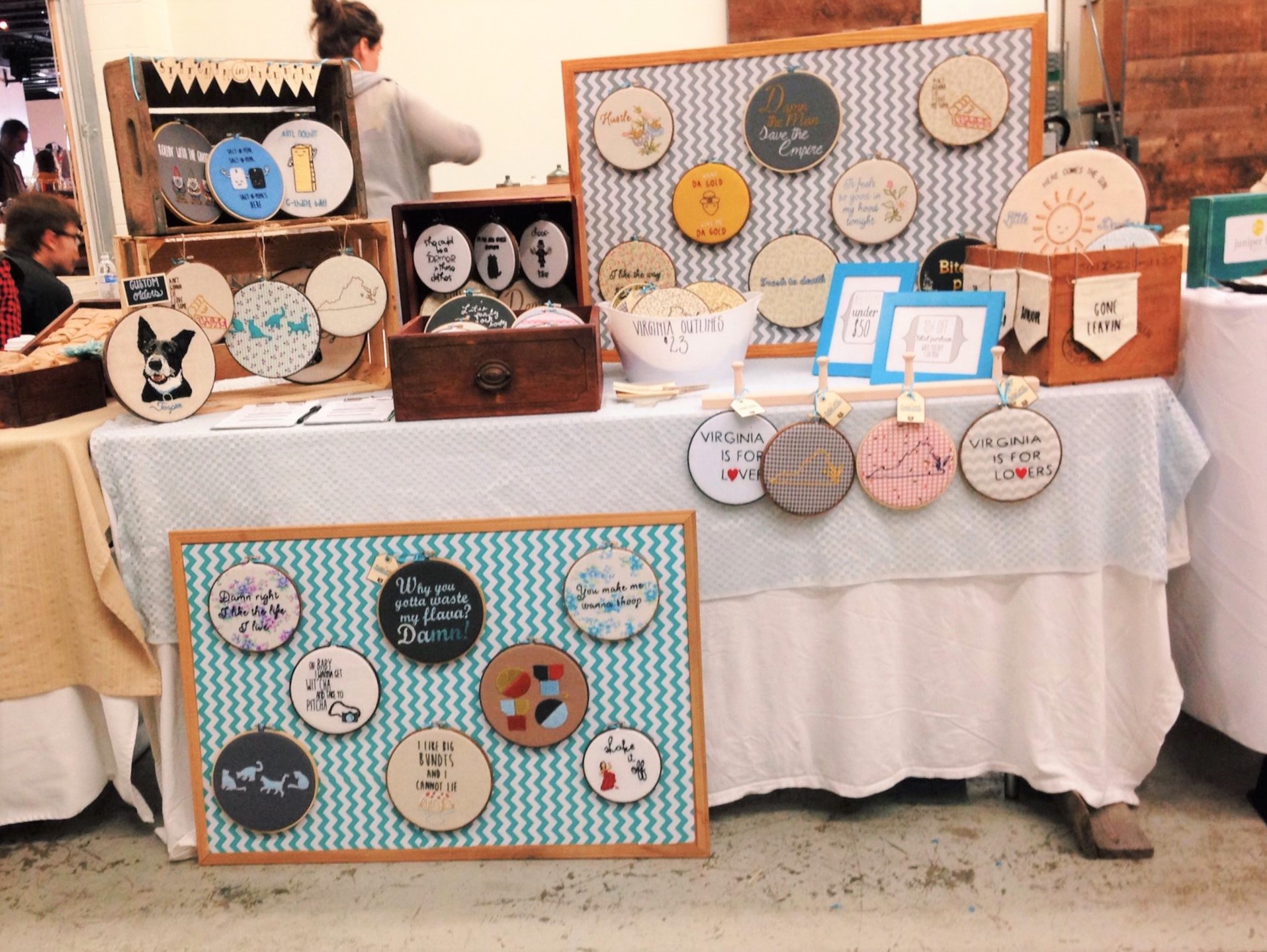When comparing embroidery vs cross stitch, both are two popular forms of needlework that have captivated people for centuries.
Both techniques involve creating intricate designs with thread and needle, but they differ in various aspects.
In this article, we will explore the key differences and similarities between embroidery and cross stitch. Let’s delving into their histories, techniques, and unique characteristics!
History and Origins

Embroidery has a long and ancient history, spanning thousands of years. The art of embroidery involves stitching decorative designs onto fabric using various stitches, threads, and embellishments.
It has been practiced across cultures worldwide. There are evidence of embroidered artifacts found in ancient Egyptian tombs, Chinese textiles, and medieval European garments.
On the other hand, cross stitch is a specific type of embroidery that emerged during the Middle Ages. It originated as a way to adorn ecclesiastical garments and religious artifacts.
Cross stitch is characterized by X-shaped stitches that form a pattern on a fabric grid, usually evenweave or Aida cloth.
Over time, it evolved from being primarily a religious craft to a popular pastime enjoyed by people of all backgrounds.
Techniques and Stitches

One of the main differences between embroidery and cross stitch lies in their techniques and stitches.
Embroidery encompasses a wide range of stitching techniques, including satin stitch, chain stitch, backstitch, and more.
Embroiderers have the freedom to experiment with different stitches to achieve desired effects and bring their artistic visions to life.
In contrast, cross stitch is more structured and uniform. The stitching technique involves creating a series of X-shaped stitches that cover the designated spaces on the fabric grid.
The stitches are typically worked in rows or blocks, following a pattern chart or design.
While cross stitch may appear simpler compared to embroidery, it still requires precision and attention to detail to create a neat and consistent final product.
Designs and Patterns

Another distinction between embroidery and cross stitch lies in the types of designs and patterns commonly associated with each technique.
Embroidery offers a multitude of possibilities for beautiful designs, including floral motifs, animals, landscapes, and abstract art.
It lends itself well to creating intricate and detailed designs with a myriad of colors, textures, and embellishments.
Embroidery designs can be created freehand or with the help of stencils, templates, or transfer methods.
Cross stitch, on the other hand, is often associated with geometric patterns, samplers, and traditional motifs such as alphabets, borders, and religious symbols.
The designs are typically charted, with each square on the pattern representing a single cross stitch. This structured approach makes beginners prefer to choose cross stitch.
Tools and Materials

Both embroidery and cross stitch require similar basic tools and materials, such as embroidery hoops or frames, needles, and threads.
However, there are some differences in the choice of fabric and threads used. A wide range of fabrics, such as linen, cotton, silk, and even canvas, can be utilized for embroidery.
Threads used in embroidery can range from cotton and silk to wool and metallic threads, allowing for a wide range of textures and effects.
Cross stitch typically involves using fabrics like evenweave or Aida cloth, which have a visible grid of evenly spaced holes, limiting the options for fabric selection.
This grid serves as a guide for creating uniform and aligned stitches.
The threads used in cross stitch are typically cotton embroidery floss, which comes in a wide array of colors and is readily available in craft stores.
Embroidery vs Cross Stitch Popularity

Both embroidery and cross stitch continue to be popular crafts today, albeit with different degrees of popularity in different regions and cultures.
Embroidery, with its versatility and wide range of techniques, is widely practiced and appreciated in various forms.
It is used in fashion design, home decor, art, and even in the restoration and preservation of historical textiles. Embroidery can be found on garments, accessories, quilts, tapestries, and more.
Many contemporary artists also incorporate embroidery into their mixed-media artworks, pushing the boundaries of traditional embroidery.
While not as diverse in its applications, cross stitch remains a beloved craft among enthusiasts. It is often pursued as a hobby or a form of relaxation, allowing individuals to create beautiful and intricate pieces.
Cross stitch designs can be framed and displayed as decorative art, or used to embellish household items such as cushions, towels, and bookmarks.
The precise and repetitive nature of cross stitch can also have a therapeutic effect, providing a sense of calm and focus.
In recent years, both embroidery and cross stitch have experienced a resurgence in popularity, fueled by the rise of the Do-It-Yourself (DIY) movement and the increasing interest in crafts and handmade goods.
Online communities, social media platforms, and dedicated forums have provided spaces for enthusiasts to share their work, exchange patterns, and connect with fellow stitchers from around the world.
This sense of community and the ability to showcase one’s creations have contributed to the growing appeal of embroidery and cross stitch.
Conclusion
Embroidery vs cross stitch are two distinct yet interconnected forms of needlework, each with its own unique characteristics and appeal.
While embroidery offers endless possibilities for creativity and expression, cross stitch provides a structured and methodical stitching experience.
Both crafts have their place in the world of needlework, attracting enthusiasts of all ages and skill levels.
Regardless of whether you lean towards the versatility of embroidery or the precision of cross stitch, both crafts provide a gratifying and enriching avenue for artistic expression.
They allow individuals to slow down, immerse themselves in the meditative process of stitching, and create beautiful pieces that can be treasured for years to come.
So, pick up your needle and thread, choose your preferred technique, and embark on a journey of self-expression and creativity through the art of needlework.